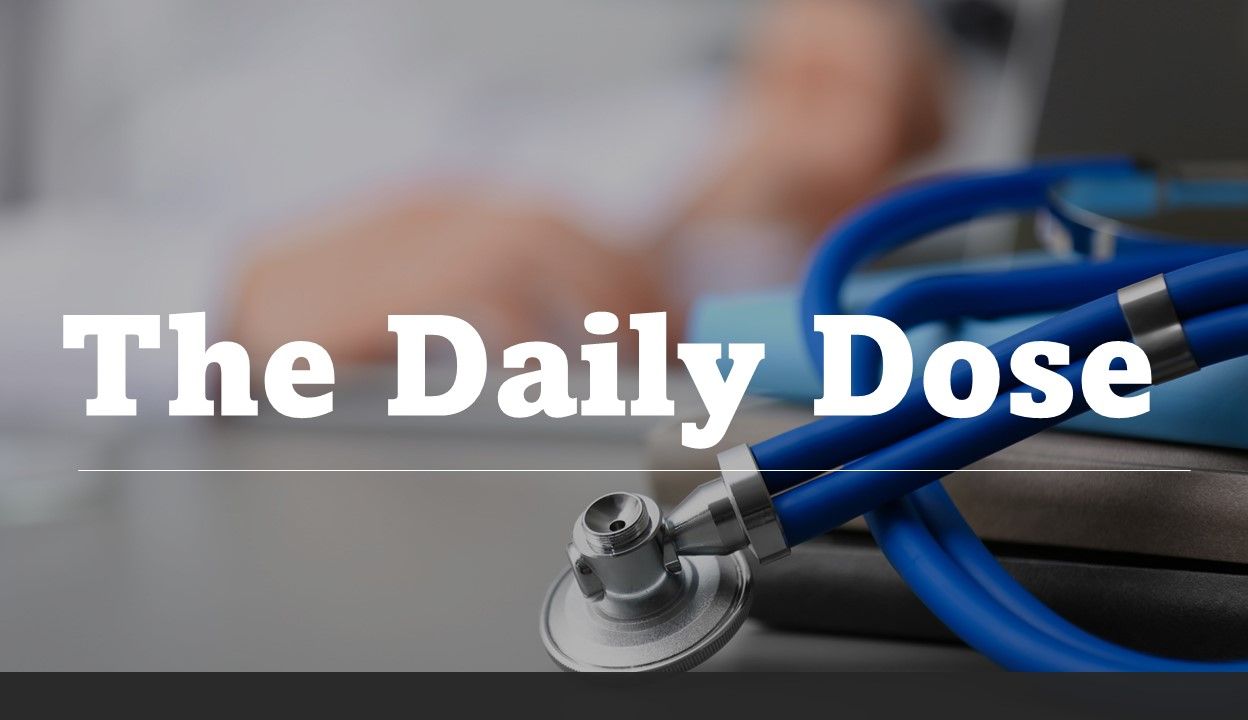- Clinical Technology
- Adult Immunization
- Hepatology
- Pediatric Immunization
- Screening
- Psychiatry
- Allergy
- Women's Health
- Cardiology
- Pediatrics
- Dermatology
- Endocrinology
- Pain Management
- Gastroenterology
- Infectious Disease
- Obesity Medicine
- Rheumatology
- Nephrology
- Neurology
- Pulmonology
COVID-19 Booster Shots Elicit Longer Immunity than Primary Series Alone: Daily Dose
©New Africa/AdobeStock

Patient Care brings primary care clinicians a lot of medical news every day—it’s easy to miss an important study. The Daily Dose provides a concise summary of one of the website's leading stories you may not have seen.
Last week, we reported on findings from a study published in the journal Scientific Reports that examined individual-level immune decay profiles of reported spike-specific humoral immune data for individuals who received a primary series (first 2 doses), then subsequently a booster dose (third dose), of SARS-CoV-2 mRNA-based vaccines.
The study
Researchers used health data submitted to the COVID Immunity Task-Force project to analyze individual-level immune decay profiles of reported spike-specific humoral immune data for 152 individuals who received an mRNA-based primary series and a subset of 137 individuals who received a booster dose. Of particular interest to investigators was how decay rates after each series scale as a function of participant age and whether there is any influence of sex or of the presence of multiple chronic noncommunicable diseases on the decay profile.
The findings
Investigators found that the median Anti-S half-life was 63.3 days (interquartile range [IQR] 7.9 days) for the primary series and increased to 115 days (IQR 20 days) for those who received an mRNA booster dose. “Therefore, taking the IQR range into account, the booster dose exhibits a 71–84% increase in Anti-S half-life over that of the primary series,” they wrote.
Results also showed that the Anti-S half life for both the primary series and booster doses decreased with age. A linear fit of the individual decay rates with age demonstrated that half-life decreased by 0.1 days per year of age for the primary series and 0.13 days per year of age after the booster dose.
Authors' comment
"…Although chronological age continues to be a good proxy for vaccine-induced humoral waning, imunosenescence is likely not the mechanism, rather, more likely the mechanism is related to the presence of noncommunicable diseases, which also accumulate with age, that affect immune regulation."
Related Content
